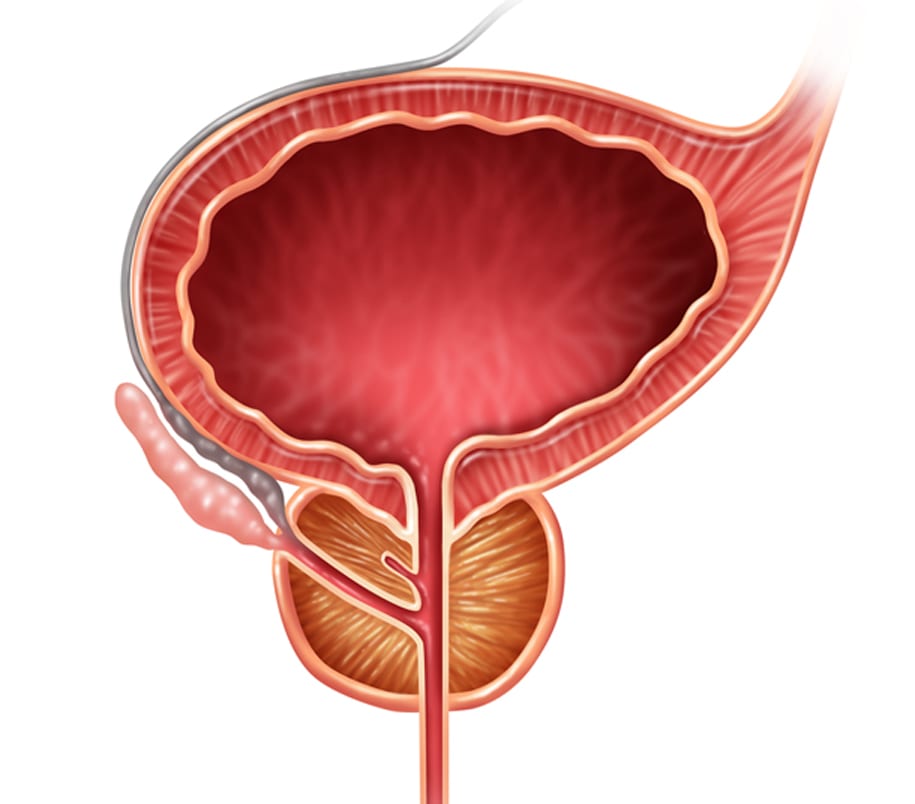
Both the Calypso Localization System and the Cybermark Fiducial System are used by doctors to increase the accuracy of external beam radiation therapy. Three gold or platinum transponder “seeds” about the size of a grain of rice are placed inside the prostate to help radiation therapists identify the exact location of the prostate during radiation treatment. These seeds are not radioactive and will remain in the prostate permanently without causing any bodily harm.
Patients should speak with their radiation oncologist if they:
- Are allergic to latex, gold, platinum, lidocaine or the antibiotic ciprofloxacin
- Have a heart condition
- Take a blood thinner such as:
- Heparin
- Warfarin (Coumadin®)
- Clopidogrel (Plavix®)
- Dalteparin (Fragmin®)
- Rivaroxaban (Xarelto®)
How To Prepare For The Procedure
Patients will need to visit their doctor one week before the procedure to review medications and allergies, and obtain instructions on how to prepare for the procedure. During the visit, patients will receive a small dose of the antibiotic Cipro to make sure they are not allergic to it.
Five days before the procedure, patients will need to stop taking aspirin, ibuprofen, naproxen sodium, fish oil and Vitamin E. One day before the procedure, patients will need to perform a saline enema to cleanse their bowels.
The day of the procedure, patients may take medication to help them relax if they have discussed this with their physician or nurse. Patients may also have a light breakfast before driving to the facility.


What To Expect During The Procedure
Upon arriving at the facility, a nurse will check the patient’s vital signs and weight. The patient will then be taken to the exam room where they will speak with the physician performing the procedure. Next, the patient will be given an antibiotic and taken to the procedure room.
The patient will sit in an exam chair with their legs raised in stirrups. The radiation oncologist will begin the procedure by applying local anesthetic to numb the area around the prostate. An ultrasound probe will be placed into the patient’s rectum to help guide the insertion of three marker seeds into the prostate. The seeds will be injected through the skin between the rectum and the scrotum.
The entire procedure will take about 20 to 30 minutes. Once the procedure is completed, the patient will have a CT scan of the prostate to make sure the seeds were properly inserted.
Potential Side Effects And Risks
Though the procedure is relatively safe, about one out of three patients are likely to develop one of the following temporary symptoms:
- Blood in the ejaculate
- Slight burning during urination
- Increased urine frequency
- Small amounts of blood in the urine
In most cases, symptoms don’t last more than two weeks. However, patients experiencing any of the following symptoms should call their doctor or visit the emergency room:
- Inability to urinate
- Pain that is becoming more severe
- Bright red blood or large clots in the urine
- A temperature of 101° F (38.3 °C) or higher
- Shaking chills


